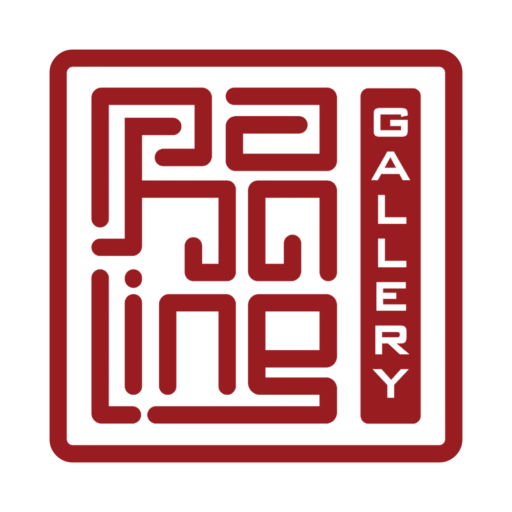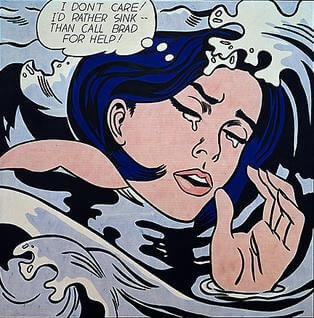Roy Lichtenstein remains one of the most influential artists of the Pop Art era. Known for his bold use of Ben‑Day dots, vibrant primary colors, and appropriation of comic book imagery, Lichtenstein’s work blurred the lines between high art and low art. This definitive article explores his early influences, signature techniques, landmark works like Whaam! and Drowning Girl, and the lasting imprint he left on contemporary visual expression.
Formative Years and Artistic Foundations
Born Roy Fox Lichtenstein on October 27, 1923, in New York City’s Upper West Side, Lichtenstein grew up in a culturally rich, upper‑middle-class environment. He attended Dwight School, where his interest in art was nurtured, and was notably a passionate student of jazz, often frequenting Harlem’s Apollo Theater.
He pursued art education at Ohio State University, earning both a Bachelor’s and a Master’s degree in Fine Arts. His academic journey was paused by World War II, during which he contributed to the U.S. Army as both a draftsman and a medical orderly. After the war, he returned to Ohio State to complete his MFA and began teaching, further grounding his creative and academic foundations.
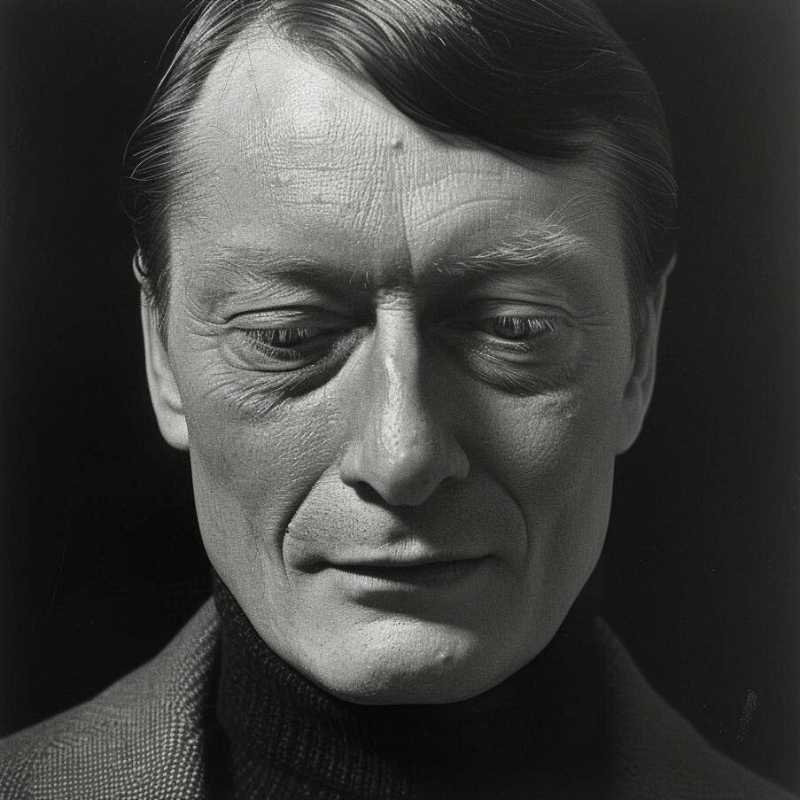
From Abstract Expressionism to Pop Art Pioneer
During the 1950s, Lichtenstein experimented with Abstract Expressionism, exploring figurative and abstract forms. Around 1958, he subtly incorporated familiar cartoon figures such as Mickey Mouse and Bugs Bunny into elaborate abstract compositions.
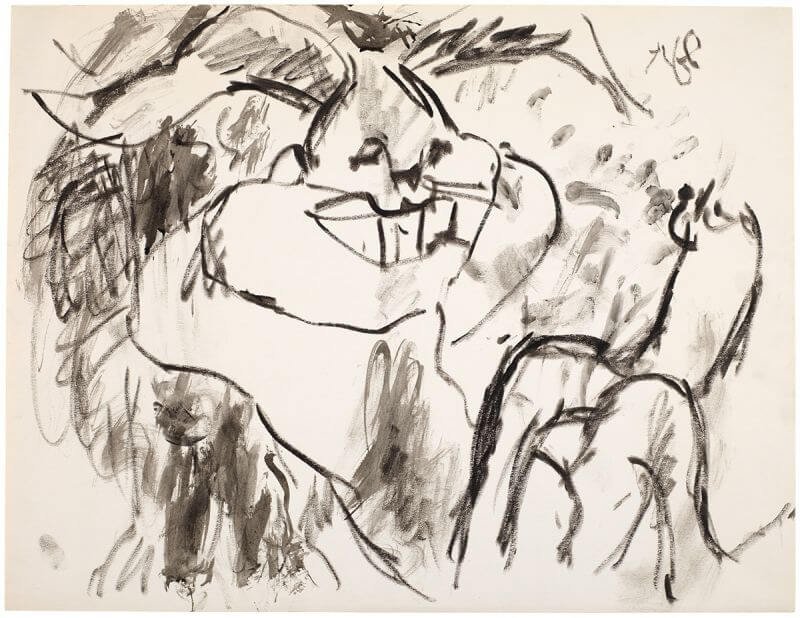
By the early 1960s, he dramatically shifted course. Embracing Pop Art, Lichtenstein pioneered a style that tied fine art to popular culture. He famously proclaimed, “Pop Art is not ‘American’ painting but actually industrial painting,” capturing his desire to turn everyday media—like comic strips—into celebrated artworks.
Signature Style: Ben‑Day Dots, Bold Lines, and Commercial Aesthetic
Lichtenstein’s aesthetic hinged on mimicking commercial printing through Ben‑Day dots, a mechanical process he reproduced by hand in his paintings. His iconic technique featured:
Black outlines reminiscent of comic ink work
Primary colors (reds, yellows, blues) in flat, blocky fills
Speech balloons, sound effects (“WHAAM!”), and comic text elements
This high‑contrast visual language made Lichtenstein a luminary in Pop Art and comic book art—sharply deconstructing the boundaries between mass media and traditional art.
Hallmark Works: Whaam! and Drowning Girl
Whaam!
Painted in 1963, Whaam! is Lichtenstein’s blockbuster diptych capturing a fighter jet firing a missile that detonates another aircraft. Measuring 1.7 m × 4.0 m and created with oil and magna acrylic, the work debuted at Castelli Gallery in New York that year and quickly became a core piece of Pop Art.
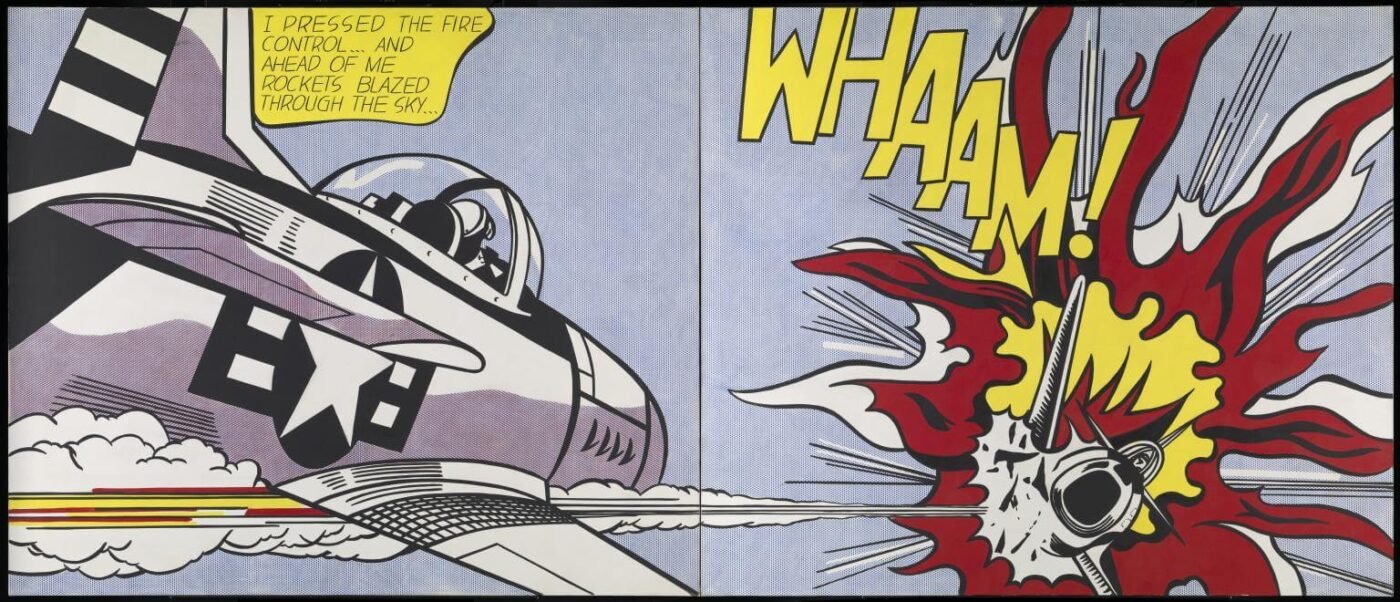
The painting transformed a war comic panel illustrated by Irv Novick into a formal art statement. Lichtenstein’s version exaggerates the drama and flattens the image, embedding onomatopoeia (“WHAAM!”) to intensify visual impact. Today, the original is displayed at London’s Tate Modern, where it remains an emblematic icon of modern art.
Drowning Girl
Another defining work is Drowning Girl (1963), which depicts a teary-eyed woman lamenting, “I Don’t Care! I’d Rather Go Under Than Ask Brad For Help!” The painting, now in the MoMA collection, exemplifies Lichtenstein’s mastery of teenage romance comic panels, emotional narratives, and expertly stylized acrylic and oil on canvas.
These works elevated comic book art to the realm of fine art, shaping visual culture and inspiring generations of artists.
Bridging High and Low Culture
Central to Lichtenstein’s legacy was his cultural appropriation of low‑brow media, a motif analyzed in-depth by scholars. His reinterpretive method challenged traditional notions of artistic ownership and sparked ongoing debates about authenticity and creative authorship.
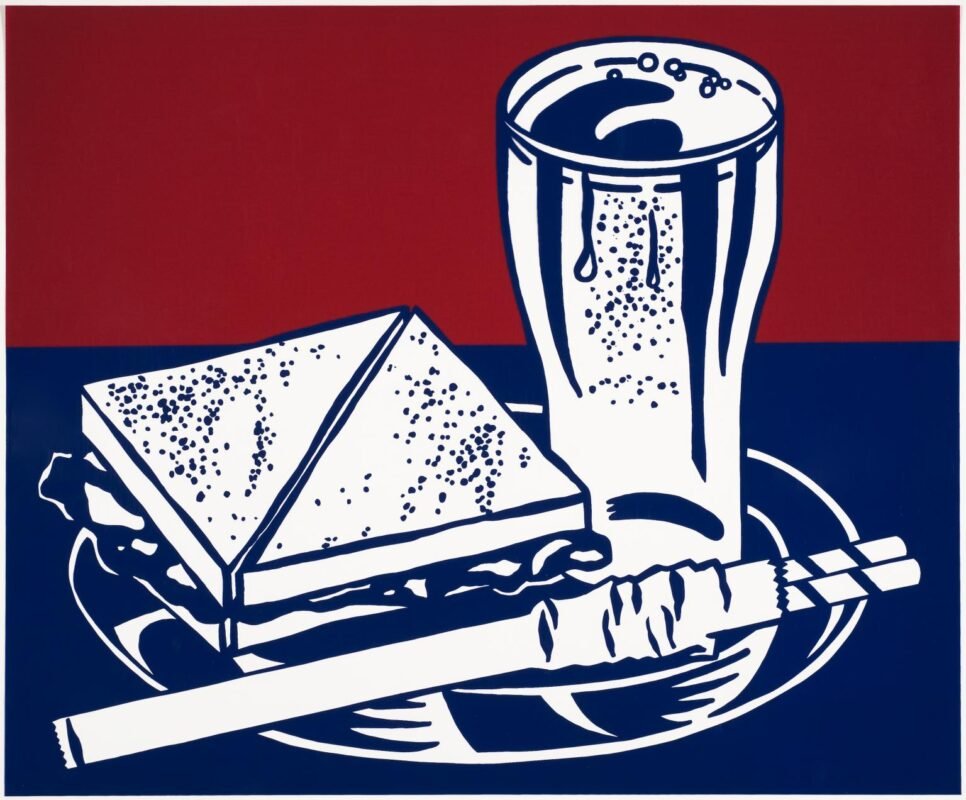
He merged images from everyday print media—advertising, romance comics, war comics—into high-profile exhibitions, playing with our expectations of creativity and media value. Lichtenstein often recreated masterpieces by Picasso, Mondrian, or Cézanne, examining canonical art conventions through a Pop Art lens.
Techniques and Materials: From Paintings to Prints
While Lichtenstein gained fame for his monumental paintings, he also excelled across various mediums, including printmaking, sculpture, drawing, and mosaic art. From the 1970s onward, he produced screenprints—like Entablature X (1976) – and illuminated textiles, ceramics, and metal sculptures.
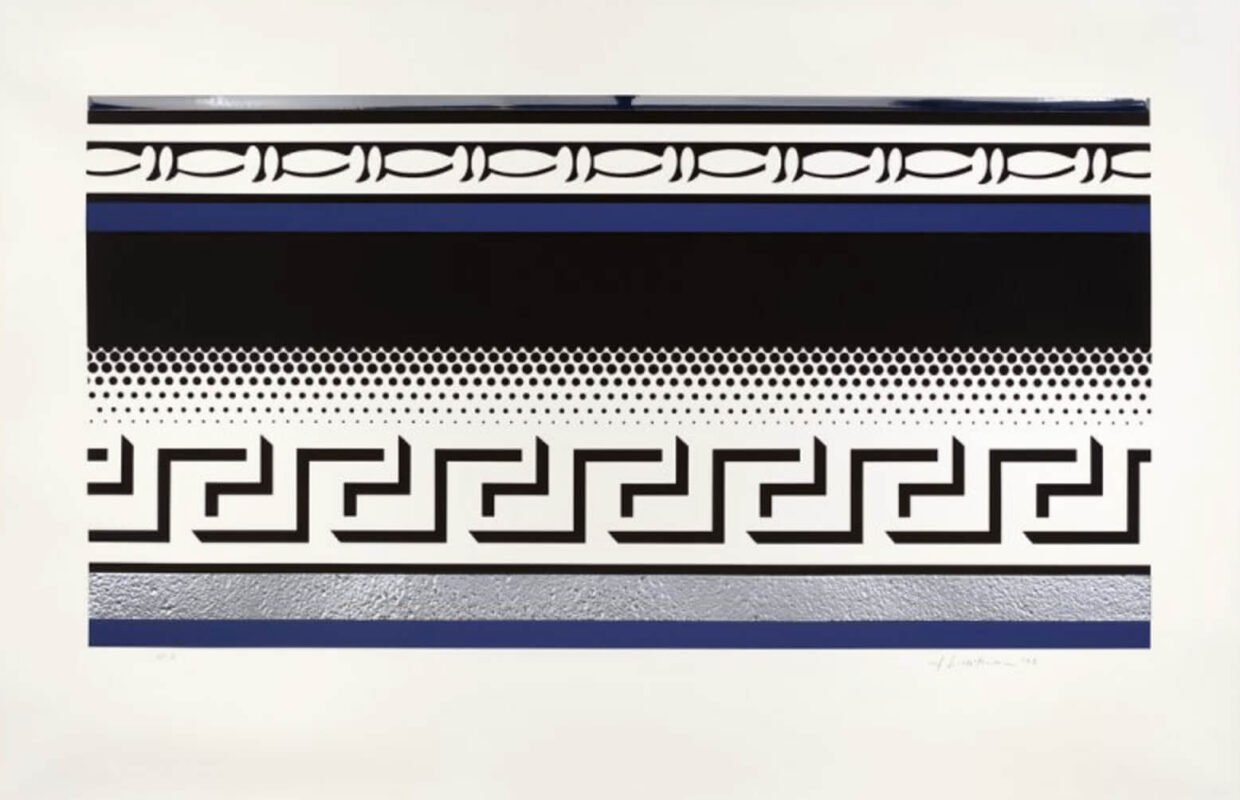
His print editions often featured embossed screen prints and use of collaged foil, guaranteeing a mechanical precision that matched his painted pieces. Sculpture works like Interior with Chair and Cubist Cello nod to modern design and abstract traditions, broadening his artistic range.
Cultural Impact, Controversy & Legacy
Lichtenstein transformed commercial aesthetics into serious artistic expression. His works often appear in major retrospectives—Tate Modern, MoMA, Art Institute of Chicago—solidifying his standing as a Pop Art pioneer.
Yet his practice of lifting images without credit prompted criticism. Some regarded him as a plagiarist; others defended his process as creative reinterpretation. No lawsuits emerged, but scholarly debate continues to question the originality and ethics of his appropriation.
Nonetheless, Lichtenstein’s influence endures. With works like Whaam! and Drowning Girl entrenched in museum culture, his graphic style is echoed in contemporary advertising, movies, fashion, and digital design.
Final Reflections: Lichtenstein’s Enduring Influence on Pop Art
Roy Lichtenstein redefined artistic boundaries by transforming mass-media imagery into thought-provoking and culturally resonant works of contemporary art. Through his signature Ben‑Day dot techniques, bold lines, and vivid color palettes, he brought comic book art, edgy satire, and aesthetic critique into museum hallways.
From his early Abstract Expressionism to masterpieces like Whaam! and Drowning Girl, Lichtenstein shaped a legacy that continues to influence graphic design, pop culture, and academic conversations about art and originality. Thought-provoking, controversial, and unmistakably bold, his work cements Lichtenstein as a titan of Pop Art and a bridge between commercial visual culture and fine art.

